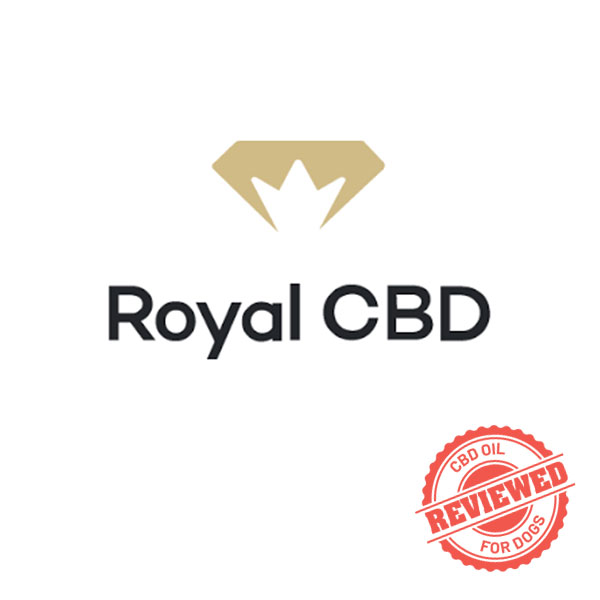It’s an unfortunate truth that dogs rank highly among animals likely to develop cancer at some point in their life. With owners taking better and better care of their pets, cancer rates in dogs are increasing, as more dogs make it to a grand old age. Here are some of the most frequently asked questions about cancer in dogs:
Causes of cancer in dogs are in many ways the same as for humans and other animals. Most non-genetic cancers are related to risk factors around the home and a dog’s local environment, or they’re related to bad dietary habits.
Because your dog shares your house and (most likely) your lifestyle routines, many of the cancer risks dogs encounter stem from the human world—so, air pollution, chemicals, and cigarette or exhaust smoke.
Beyond these factors, breed and family history are the primary causes of cancer in dogs (see below).
What kinds of cancers do dogs get, and how common are they?
Cancer is not uncommon in dogs. Estimates of cancer rates claim that up to fifty percent of dogs over the age of ten will develop cancer at some point—with cancer being the leading cause of death in dogs of that age.
In terms of the most common cancers in dogs, again there are similarities between dogs and humans. Lymphoma (cancer of the lymph nodes), skin cancers, soft-tissue cancers, and bone cancers, are among the most frequently diagnosed cancers in our four-legged friends.
Are some breeds of dogs more prone to cancer than others?
Yes. Mostly due to genetic traits found across particular breeds, some types of dogs have a much higher chance of developing cancer than others (just like some breeds of dogs are more susceptible to other conditions such as hip dysplasia or breathing difficulties.) Size also seems to play a partial role.
Data suggests that retrievers—especially Golden Retrievers and Labradors—are the most popular breeds of dogs most likely to die from cancer. Other, rarer types of dogs such as the Irish water spaniel, Bernese mountain dogs, and pure-bred rottweilers also rank highly in terms of cancer percentage per breed.
What are the biggest risk factors for cancer in dogs?
Age, breed, and hereditary factors are the largest determinants of whether or not a dog will develop cancer. Beyond those unavoidable elements, there are more and less risky behaviors when it comes to dogs and cancers.
Weight, and particularly obesity, is an obvious risk factor, along with long-term injury and diseases such as diabetes. Other factors include time spent exposed to harsh sunlight, exposure to second-hand tobacco smoke, and whether or not your dog spends time in gardens or fields sprayed with agricultural-grade herbicides and pesticides.
How are dogs with cancer treated?
Just like humans, dogs with cancer often respond well to surgery, chemotherapy, radiation treatment, or a combination of all three. For dogs, chemotherapy might mean a standard IV drip, or it could be delivered through a pill or injection.

The field of immunotherapy contains many of the latest breakthroughs in cancer treatments, and dogs are not excluded from a number of immunotherapy treatments. For dogs with melanoma, a cancer vaccine is already available.
How long can a dog live with cancer?
As discussed, a primary cause for cancer in dogs is simply old age. With so many dogs now living long and healthy lives, cancer might sadly be part of the natural dying process for a large number of pups. For younger dogs, however, owners can expect their pets to respond quickly and well to treatment, so long as the cancer is diagnosed at an early enough stage.
Unfortunately, undiagnosed, untreated cancers in dogs can progress quickly. Fast-progressing cancers like lymphoma can see dogs deteriorate over as short a period as two months, underlying the need for quick and accurate assessment by a veterinarian.

Are dogs with cancer in pain?
It is possible for a dog to have cancer and feel no symptoms, including no pain. However, just like humans, cancer can be painful for a dog, depending upon its location. Cancer treatments can also cause pain—whether that means discomfort during recovery from surgery or the feeling of sickness that can accompany chemotherapy treatment.
It’s likely that a veterinarian will prescribe some kind of pain medication to help dogs recover post-cancer treatment. Likewise, owners often support their dog’s recovery by treating their dog with home or natural remedies, such as antihistamines or CBD oil.
How much does it cost to treat a dog with cancer?
Depending on owners’ insurance plans, the costs of caring for a dog with cancer can quickly mount up. A 2015 CBS article estimated that an average course of chemotherapy can cost up to $3000 dollars, while surgery and follow-up treatments can reach as high as $10,000.
For this reason, it’s always important to have frank and in-depth conversations about your dog’s condition and prognosis with your veterinarian. As well as being experts in animal healthcare, vets are also experienced in helping owners to weigh up all options and consider the best path forward for their dog—which for some senior dogs may mean palliative care.
Symptoms and signs of cancer in dogs
Here are a few common flags for cancer in dogs. Remember no one symptom alone is enough to diagnose a condition such as cancer, and the symptoms below can also have multiple, less serious causes.



